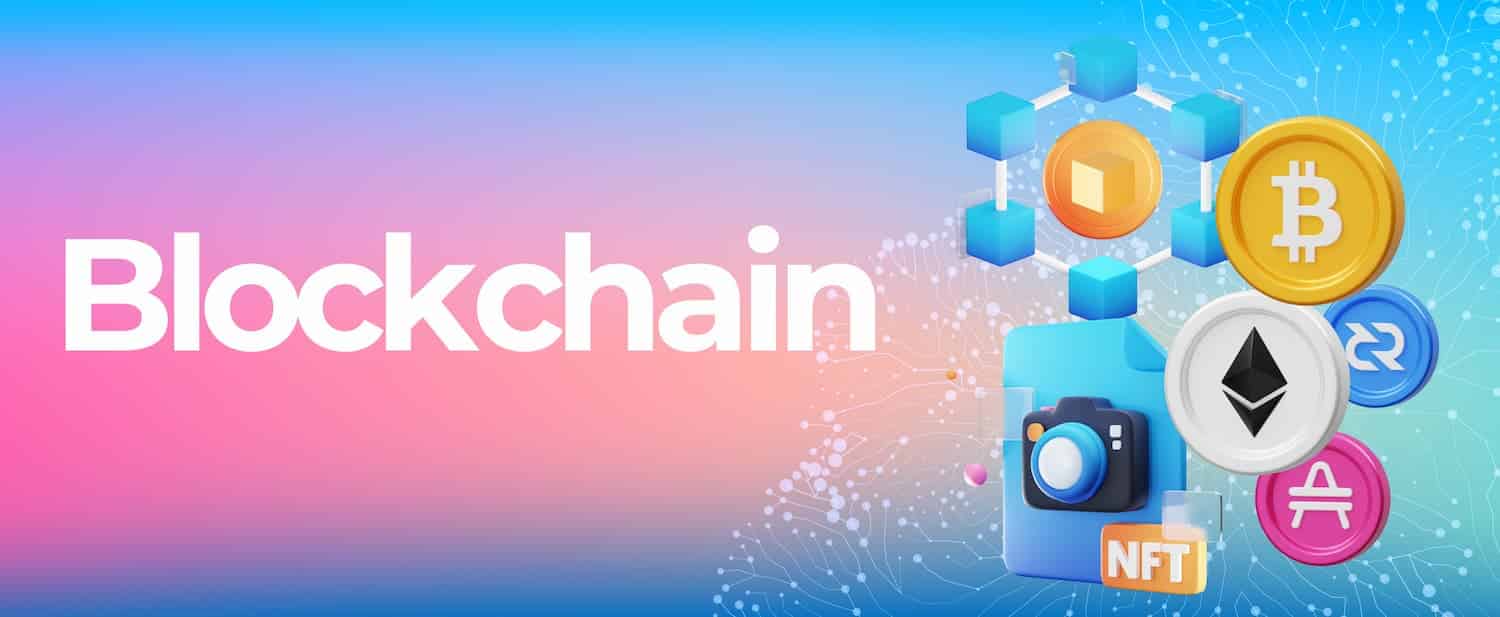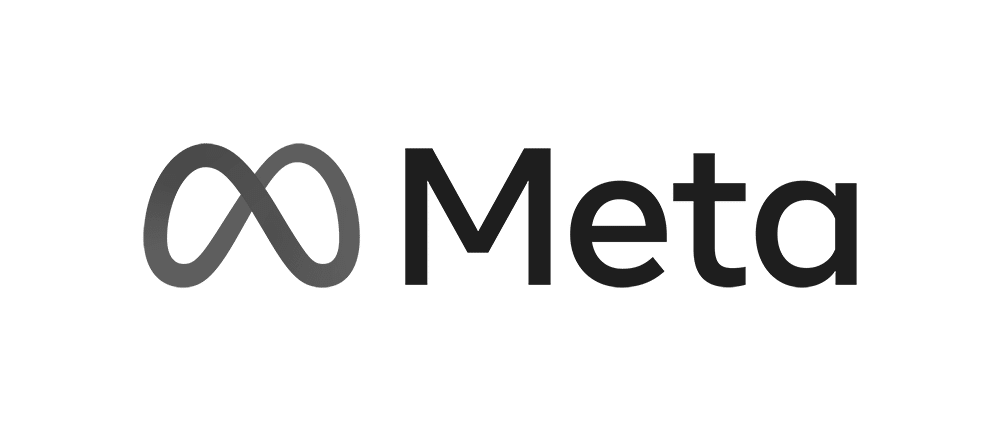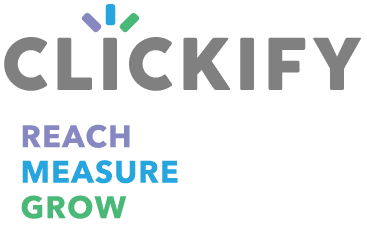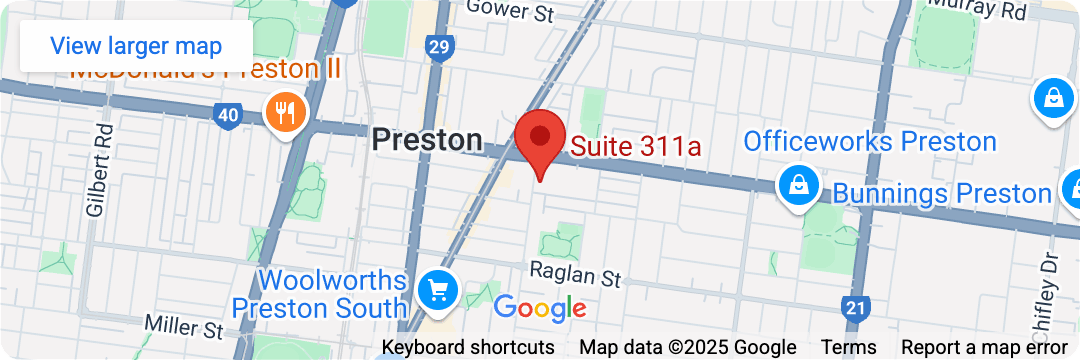Blockchain technology is potentially the most disruptive idea of our time.
While it may be tempting to dismiss the cryptocurrency phenomenon as hype – it’s also a new way of thinking about how we interact online and who can participate in our digital economy.
With so many new players on the field, this blog series aims to divide and conquer, breaking down the information into 3 terms:
Blockchain Technology Explained
Picture This: A typical school yard, prior to the digital age
Your jaw hurts because of the amount of bubble gum you have stuffed in your mouth, while you and a friend trade footy cards (or baseball cards, marbles, or stamps.) You’re both immersed in intense negotiations about the cards you have and the cards you need. You make the trade. Just the two of you. Because there’s trust.
Present Day: Blockchain technology solves the problem of making a digital trade with anyone anywhere (that maybe you don’t yet trust) without the need for an intermediary. No banks, no tech giants, no fees – just you and the person and the trade.
Blockchain offers trustworthy peer-to-peer digital transactions.
Blockchain Explained In Broad Strokes
Blockchain technology can best be understood as a public ledger that is open and distributed, allowing anyone to see transactions between two (or more) parties. This technology is a decentralised database or a worldwide network of computers that talk to each other with no central authority. This network validates and records transactions without centralised oversight. The blockchain and the layers that sit on top of it can also be thought of, and is often referred to, as a “world computer”.
For example, financial transactions can occur between two parties without banks or corporations operating as middlemen.
Blockchain Cryptography
We are agreed that a blockchain is a digital ledger that records transactions, much like a distributed accounting system. These records are linked and secured using cryptography, making it virtually impossible to modify data in an existing record or to delete a record from the database because it’s an append-only ledger. You cannot change the original record.
Blockchains are a secure way to store information because everyone can see what is happening: no single party controls the blockchain and no one can change anything once it has been written in the ledger. If one computer gets hacked, the bad actor only has access to one part of the database or a block in the chain, instead of the whole network.
All future blocks incorporate information from the previous block.
If I sell a piece of digital art to another art collector, this transaction is recorded in a block on the blockchain. Every time the artwork is sold to another collector, another block is created in the blockchain. You can then search the history of that piece of artwork on the public blockchain to see what wallet addresses owned it, how long they owned it and how much they paid.
Three Blockchain Pillars
The three pillars of blockchain ultimately combine to create the original vision of the internet: a decentralised system with no centralised source of control, free dissemination of information, and intellectual property rights.
- Decentralisation – distributed data stored over multiple networks
- Transparency – visibility on data transactions (on-chain)
- Immutability – unchangeable data transaction
Immutable and distributed are two fundamental blockchain properties. The immutability of the ledger means you can always trust it to be accurate. Being distributed protects the blockchain from network attacks… The information contained in a block is dependent on and linked to the information in a previous block and, over time, forms a chain of transactions. Hence the word blockchain.
What Is Blockchain Used For?
Blockchain technology has generated a lot of hype, but before you decide to develop a blockchain application, it’s important to understand why you would want to. For a truly comprehensive answer, researchers Karl Wüst and Arthur Gervais answer, Do You Need a Blockchain?
In this paper, we critically analyze whether a blockchain is indeed the appropriate technical solution for a particular application scenario. We differentiate between permissionless (e.g., Bitcoin/Ethereum) and permissioned (e.g. Hyperledger/Corda) blockchains and contrast their properties to those of a centrally managed database.
Blockchain ledgers are best suited for applications where there’s a strong need for collaboration and competition. Typically these applications are more global in scale and require trust. These applications typically require more than one party to maintain the ledger and are often implemented at a global scale.
Currently, blockchain technology is used for cryptocurrencies like Bitcoin, Ethereum, and Solana. However, this technology has also been implemented in several industries including Finance, Real Estate, Supply Chains, Contract Management, and Intellectual Property as well as payments to Content Creators, Artists, or Musicians.
Smart Contracts
A smart contract is a piece of software that interacts with the blockchain to facilitate, verify, or enforce the negotiation or performance of a contract. It is a digital handshake that automates the contract and removes the need for a middleman, such as a lawyer or a notary.
Smart Contracts have three properties:
- They are enforced by code, not people. This means that if any party to the agreement decides to break their end of the deal, they will lose their money because the Smart Contract won’t release it
- The rules can never be changed by anyone. Once agreed, each and every party to the agreement must follow through
- They are signed by a cryptographic key and stored on a blockchain, so they cannot be forged or tampered with in any way
Applications for Smart Contracts may include Digital Voting, Medical History, Fan-to-Artist Payment (eg. Spotify), Real Estate, and Supply Chain Management.
Evaluate And Evolve
It’s early days and there is a lot of information to grasp and consider. Blockchain technology has incredible potential and the more you understand it and its implications, the better situated you’ll be to create new opportunities and innovations within your own industry.
Even with the challenges of blockchain technology, it still shows a lot of promise in the financial industry. We see a growing number of government and financial institutions looking to invest in blockchain technology and conduct research on the subject. Banks are searching for ways to implement this technology in their own operations and governments are especially interested as they look for solutions for identity management and central bank currencies.
To The Metaverse And Beyond
Now that we are familiar with the umbrella concept of Web3 and the distinct applications of blockchain, we conclude with our final instalment in our 3-part series: the immersive, interactive expanse of the Metaverse.
Follow us on Facebook, Twitter, Instagram and LinkedIn or subscribe for alerts below:













